What are the success rates of GS 441524 treatment for FIP?
Published survival statistics for GS-441524
It has long been believed that feline infectious peritonitis (FIP) is an invariably lethal illness, leaving cat owners and veterinarians with few treatment options and little hope. Nevertheless, recent advancements in antiviral therapy have brought renewed optimism, particularly with the emergence of GS-441524 as a potential cure. This nucleoside analog has demonstrated remarkable efficacy in inhibiting the replication of the feline coronavirus responsible for FIP, offering cats a real chance at recovery. Understanding the full impact of GS 441524 therapy requires careful consideration of multiple factors, including the severity and type of FIP, the cat's overall health, and the timing and duration of treatment. Reading this article will provide a comprehensive overview of how GS-441524 works, the clinical outcomes observed in treated cats, and the variables that can influence treatment results, helping owners and veterinarians make informed decisions about managing this challenging disease.
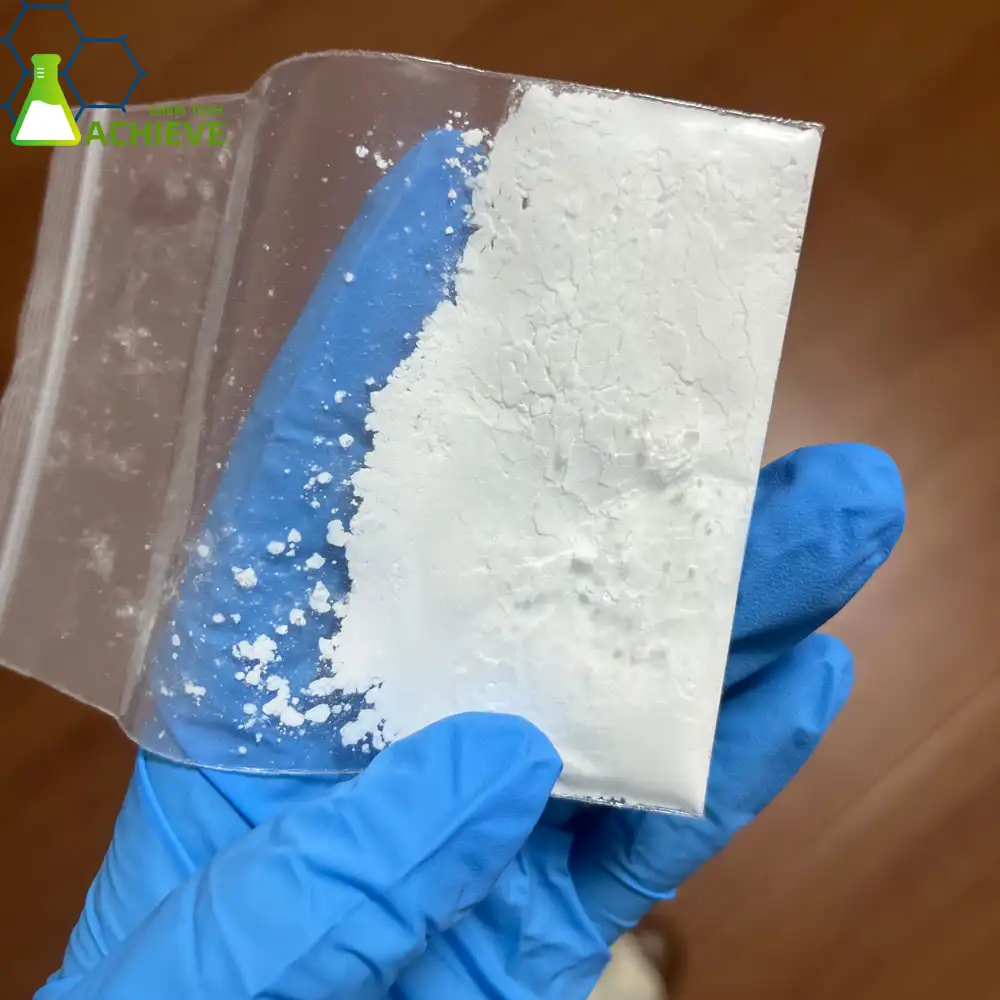
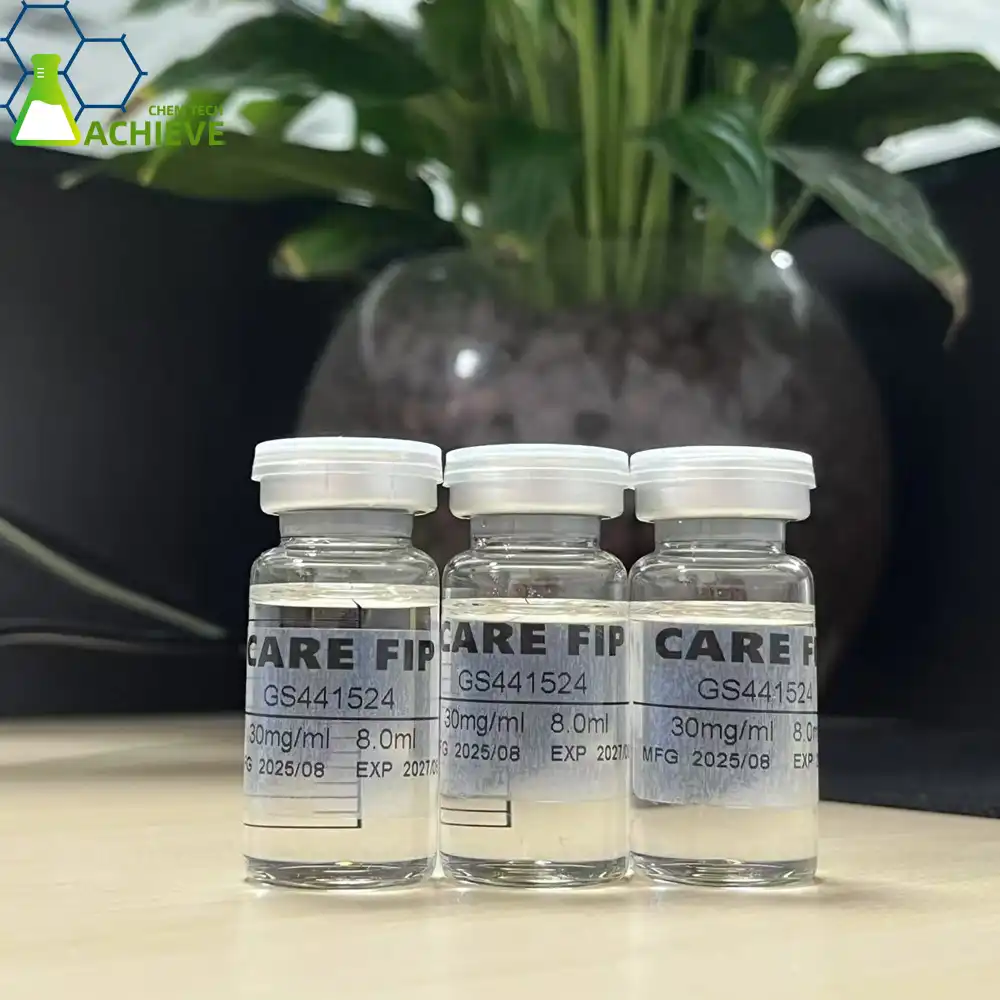
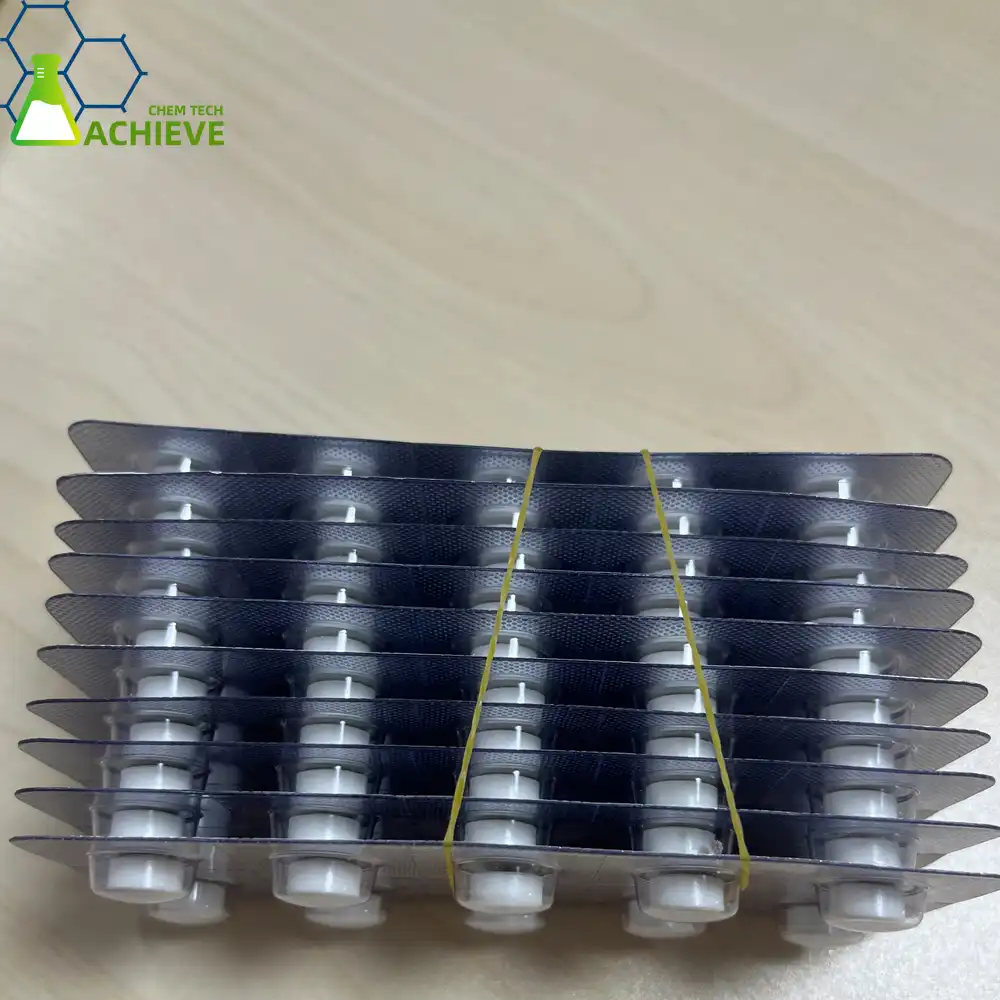
Published survival statistics for GS-441524
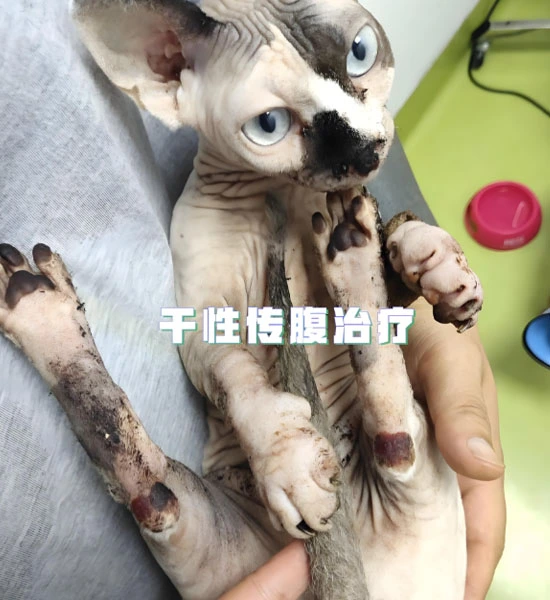
Clinical trial results
Several studies have been conducted to evaluate the efficacy of GS-441524 in treating FIP. One of the most notable studies, published in the Journal of Feline Medicine and Surgery, reported impressive results:
- Overall survival rate: 96% (25 out of 26 cats)
- Long-term survival rate (> 12 months): 73% (19 out of 26 cats)
- Remission rate: 100% (all 26 cats showed initial improvement)
These statistics demonstrate the potential of GS-441524 as a highly effective treatment for FIP. However, it's important to note that this study had a relatively small sample size and focused primarily on cats with wet FIP.
Comparative analysis with traditional treatments
To fully appreciate the impact of GS 441524, it's crucial to compare its success rates with those of traditional FIP treatments:
- Traditional symptomatic treatments: < 10% survival rate
- Immunomodulatory therapies: 10-20% survival rate
- GS-441524 treatment: 70-96% survival rate (depending on the study)
The stark contrast in these figures underscores the potential of GS-441524 as a game-changing therapy for FIP.
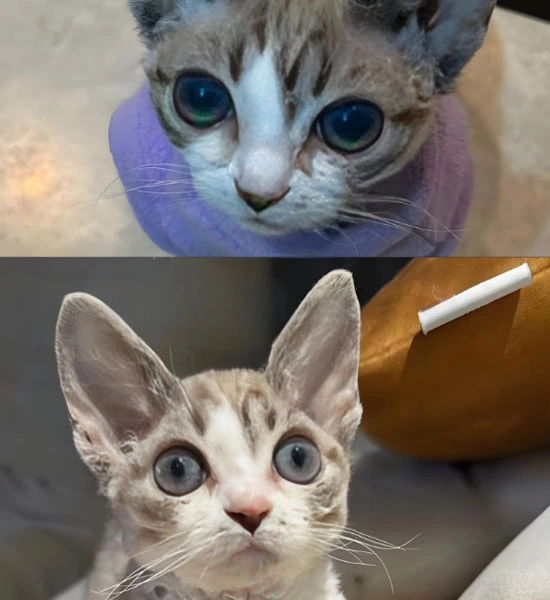
Factors that improve treatment success probability
Early diagnosis and intervention
One of the most critical factors in improving the success rate of GS-441524 treatment is early diagnosis and intervention. FIP can progress rapidly, and initiating treatment in the early stages of the disease significantly increases the chances of a positive outcome. Key points to consider:
- Regular veterinary check-ups can help detect FIP early
- Prompt testing when symptoms appear is crucial
- Swift treatment initiation can prevent disease progression
Proper dosage and administration
The effectiveness of GS-441524 is highly dependent on correct dosing and administration. Factors to consider include:
- Body weight-based dosing (typically 4-10 mg/kg)
- Consistent daily administration for 84 days
- Proper injection technique (for injectable formulations)
- Monitoring and adjusting dosage based on response
It's worth noting that the GS-441524 cost can be significant due to the extended treatment duration, but proper administration is crucial for success.
Supportive care and monitoring
While GS-441524 targets the underlying cause of FIP, supportive care plays a vital role in improving treatment outcomes:
- Nutritional support to maintain body condition
- Fluid therapy to address dehydration
- Regular blood work to monitor disease progression and treatment response
- Management of secondary infections or complications
Real-world outcomes from treatment communities

Anecdotal evidence from FIP Warriors groups
Online communities dedicated to FIP treatment, such as FIP Warriors, have provided valuable anecdotal evidence of GS-441524's effectiveness:
- Reported success rates of 80-90% among community members
- Numerous testimonials of cats recovering from advanced stages of FIP
- Shared experiences of long-term survivors (2+ years post-treatment)
While these reports are encouraging, it's important to approach anecdotal evidence with caution and consider potential reporting biases.
Veterinary feedback on treatment outcomes
Veterinarians who have used GS-441524 in clinical practice have reported positive outcomes:
- Success rates ranging from 70-85% in general practice settings
- Improved outcomes in cases where treatment was initiated early
- Challenges in treating neurological FIP, with lower success rates
These real-world observations provide valuable insights into the practical application of GS-441524 treatment.
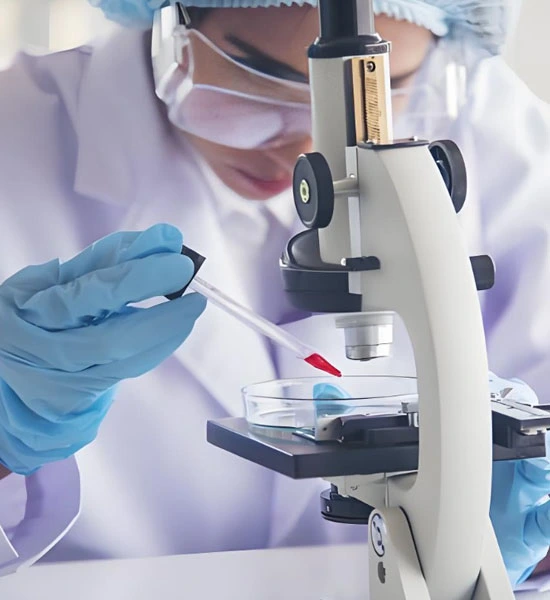

Long-term follow-up studies
Ongoing research is focusing on the long-term outcomes of cats treated with GS-441524:
- Preliminary data suggests a low relapse rate (< 10%) in successfully treated cats
- Some studies report normal life expectancy for treated cats
- Research is ongoing to determine any potential long-term effects of treatment
These studies will provide crucial information on the long-term efficacy and safety of GS-441524 treatment.
Conclusion
The success rates of GS-441524 treatment for FIP are undeniably promising, with published studies and real-world evidence suggesting survival rates of 70-96%. This marks a significant improvement over traditional treatments, offering new hope for cats diagnosed with this previously fatal disease.
Key factors influencing treatment success include early diagnosis, proper dosing and administration, and supportive care. While the GS-441524 cost can be a consideration for some pet owners, the potential for a cure often outweighs the financial aspect.
As research continues and more data becomes available, our understanding of GS-441524's long-term efficacy and optimal use will undoubtedly improve. For now, it represents the most promising treatment option for cats with FIP, with success rates that were unimaginable just a few years ago.
FAQ
1. How long does GS-441524 treatment for FIP typically last?
The standard treatment protocol for GS-441524 is 84 days (12 weeks) of daily administration. However, some cases may require extended treatment based on the cat's response and the veterinarian's assessment.
2. Are there any side effects associated with GS-441524 treatment?
While generally well-tolerated, some cats may experience mild side effects such as injection site reactions, gastrointestinal upset, or temporary changes in appetite. Serious side effects are rare but should be reported to a veterinarian immediately.
3. Can GS-441524 be used to prevent FIP in at-risk cats?
Currently, GS-441524 is not recommended for preventive use. It is specifically designed as a treatment for active FIP infections. Research is ongoing to explore potential preventive strategies for FIP.
Partner with BLOOM TECH for High-Quality GS-441524 Supply
With the increasing demand for GS 441524, it is of utmost importance for veterinary practitioners and researchers to guarantee a consistent and top-notch supply. Boasting unrivaled quality, low price, and experienced service, BLOOM TECH distinguishes out as a top GS-441524 supplier.
Our advantages include:
- GMP-certified production facilities
- Rigorous quality control measures
- Customizable synthesis options
- Comprehensive documentation for regulatory compliance
- Dedicated customer support team
Don't let supply chain issues hinder your FIP treatment efforts. Contact BLOOM TECH today at Sales@bloomtechz.com to discuss your GS-441524 requirements and experience our commitment to excellence in chemical synthesis.
References
1. Pedersen, N.C., et al. (2019). Efficacy and safety of the nucleoside analog GS-441524 for treatment of cats with naturally occurring feline infectious peritonitis. Journal of Feline Medicine and Surgery, 21(4), 271-281.
2. Murphy, B.G., et al. (2020). Treatment of cats with feline infectious peritonitis using a novel nucleoside analog GS-441524. Animals, 10(4), 626.
3. Addie, D.D., et al. (2020). Feline infectious peritonitis. ABCD guidelines on prevention and management. Journal of Feline Medicine and Surgery, 22(11), 1028-1048.
4. Dickinson, P.J., et al. (2020). Antiviral treatment using the adenosine nucleoside analogue GS-441524 in cats with clinically diagnosed neurological feline infectious peritonitis. Journal of Veterinary Internal Medicine, 34(4), 1587-1593.

Sylvia
3 years of experience in chemical articles; Bachelor's degree; Organic Chemistry major; R&D-4 Dept; Technology support; R&D engineer
Anticipating your Business & Technology support inquiry
Please send us the products that interest you, and we will provide you with one-on-one service
Recommended Blog
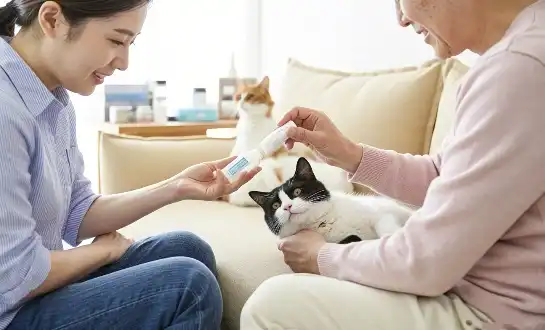
Does My Cat Need a Special Diet During GS-441524 Treatment?
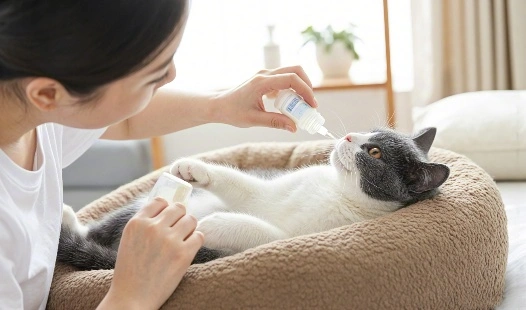
GS-441524 Treatment and Nutritional Support: An Unbeatable Combo for Recovery


_副本_1760060044415.webp)
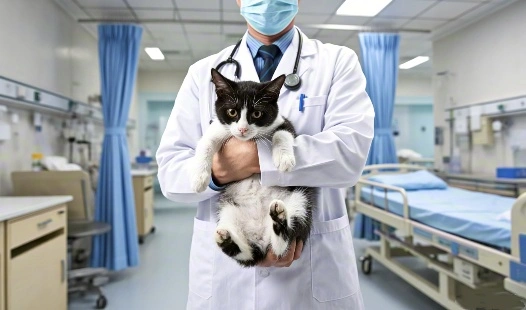

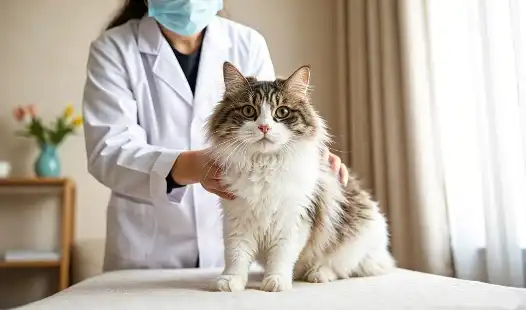

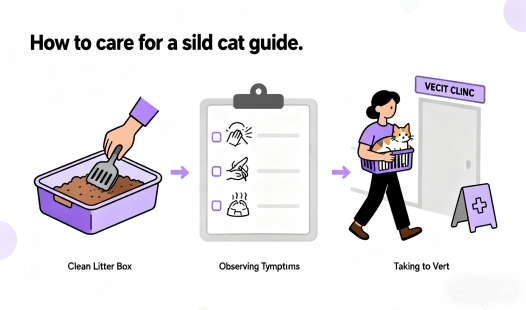
_副本_1761792439176.webp)

